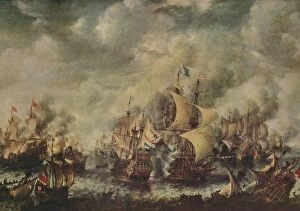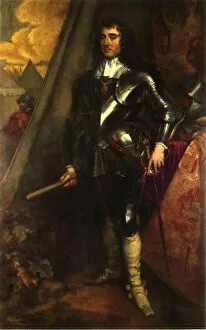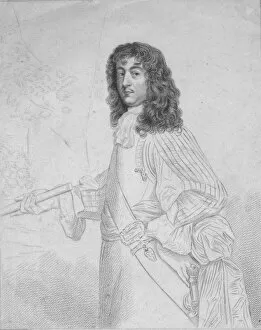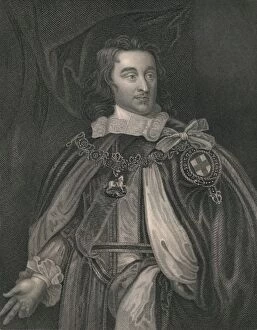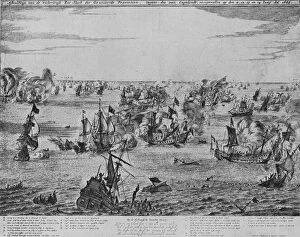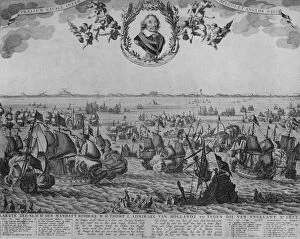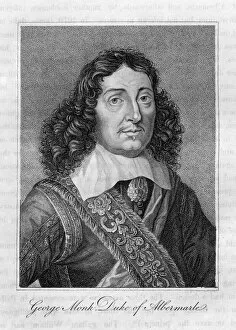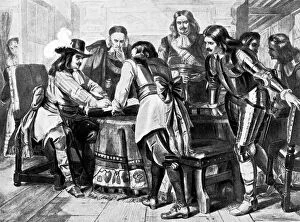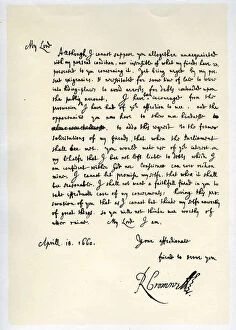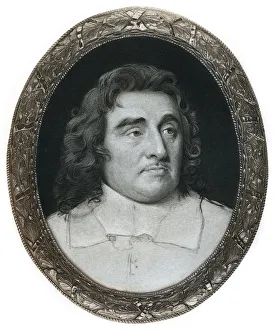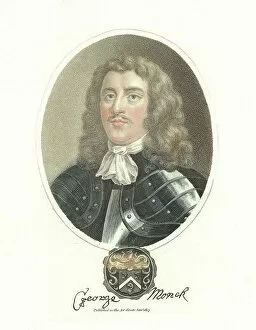Earl Of Torrington Collection
The Earl of Torrington, also known as George Monck, Duke of Albemarle, was a prominent figure in the 17th century
All Professionally Made to Order for Quick Shipping
The Earl of Torrington, also known as George Monck, Duke of Albemarle, was a prominent figure in the 17th century. Born in 1608, he played a crucial role during the tumultuous period of the English Civil War and its aftermath. Renowned for his military prowess, Monck's portrait by Peter Lely captures his commanding presence. Another depiction from the early 19th century showcases him as General George Monk, exuding strength and determination. Monck's strategic brilliance is evident in historical events such as "The Four Days Fight" and "Battle of Scheveningen. " These conflicts between England and the Dutch Republic showcased his leadership on the battlefield. Beyond warfare, Monck was instrumental in political affairs. His letter to the Speaker of the House of Commons in 1659 highlights his involvement in shaping parliamentary decisions. Additionally, a correspondence with Richard Cromwell reveals their interaction during this pivotal time. Monk's influence extended to London where he resided at Grub Street (now Milton Street). The house that once stood there serves as a testament to his prominence within society. Ultimately, it was Monck who declared support for a Free Parliament in 1660 after years of political instability. This declaration paved the way for Charles II's restoration to power and marked an important turning point in British history. George Monck remains an enduring symbol of bravery and resilience during times of great upheaval. His legacy lives on through these captivating portraits and significant historical moments that shaped our nation's destiny.

